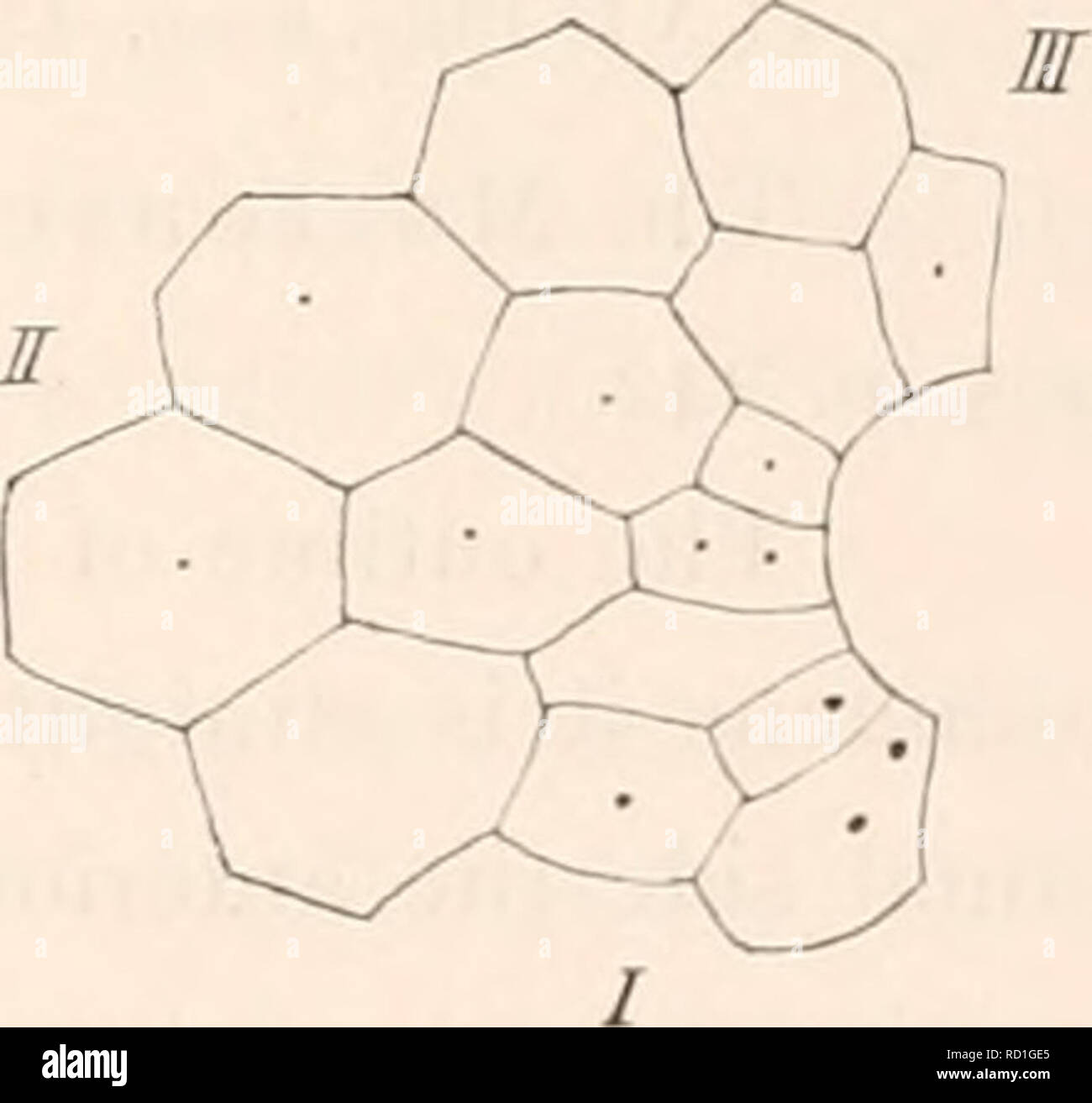. The Danish Ingolf-Expedition. Scientific expeditions; Arctic Ocean. ECHINOIDEA. II. r. here; it is, however, evidently not very correctly drawn. I have seen nothing resembling the figures PI. XL11I. 10— 11; they probably represent only small specimens of this kind of tridentate pedicellariae. The second form (Pl.X. Figs. 1,4,24,28,29) is coarser and the form of the blade often somewhat irre- gular; it has generally some very irregular meshwork. This kind of pedicellariae is found on the actinal side, and especially on the peristome, even in the mouth they are quite crowded, reaching some way

Image details
Contributor:
The Book Worm / Alamy Stock PhotoImage ID:
RD1GE5File size:
7.2 MB (116.7 KB Compressed download)Releases:
Model - no | Property - noDo I need a release?Dimensions:
1630 x 1534 px | 27.6 x 26 cm | 10.9 x 10.2 inches | 150dpiMore information:
This image is a public domain image, which means either that copyright has expired in the image or the copyright holder has waived their copyright. Alamy charges you a fee for access to the high resolution copy of the image.
This image could have imperfections as it’s either historical or reportage.
. The Danish Ingolf-Expedition. Scientific expeditions; Arctic Ocean. ECHINOIDEA. II. r. here; it is, however, evidently not very correctly drawn. I have seen nothing resembling the figures PI. XL11I. 10— 11; they probably represent only small specimens of this kind of tridentate pedicellariae. The second form (Pl.X. Figs. 1, 4, 24, 28, 29) is coarser and the form of the blade often somewhat irre- gular; it has generally some very irregular meshwork. This kind of pedicellariae is found on the actinal side, and especially on the peristome, even in the mouth they are quite crowded, reaching some way up the oesophagus; those found here are generally more irregular than those on the out- side of the test (Pl.X. Figs. 28—29). — It is probably this second form of tridentate pedicellariae which is figured in PI. XLIII. Fig. 12 of the Challenger -Ech. under the name of Clypeastroid-like pedi- cellaria; the valve represented in PI. XLV. Fig. 35 as belonging to this form is certainly that of an ophicephalous pedicellaria, but it seems very unlikely that it can belong to this form; the figure PI. XLIII. 12 does not seem so very bad, as it would be in case the valve did really belong to it — and on the other hand, this coarse form of tridentate pedicellariae is generally invested with a rather thick, brown skin, so that by a superficial examination not much more is seen than the figure cited shows. — The ophicephalous pedicellariae are like those of P. Rathbuni, the valves being low and rather broad. The PL XLY. Fig. 35 of the Challenger -Ech. gives a rather good representation thereof. The figures PL XXXV. 17—iS may perhaps also represent the ophicephalous pedicellariae; thev are however, so crudely made that it is quite useless to speculate 011 what they are meant to represent. — The triphyllous pedicellariae are like those of P. Rathbuni. The supporting rods of the filaments of the actinal tube-feet are like those of Urechinus; spicules I have not seen. The spines